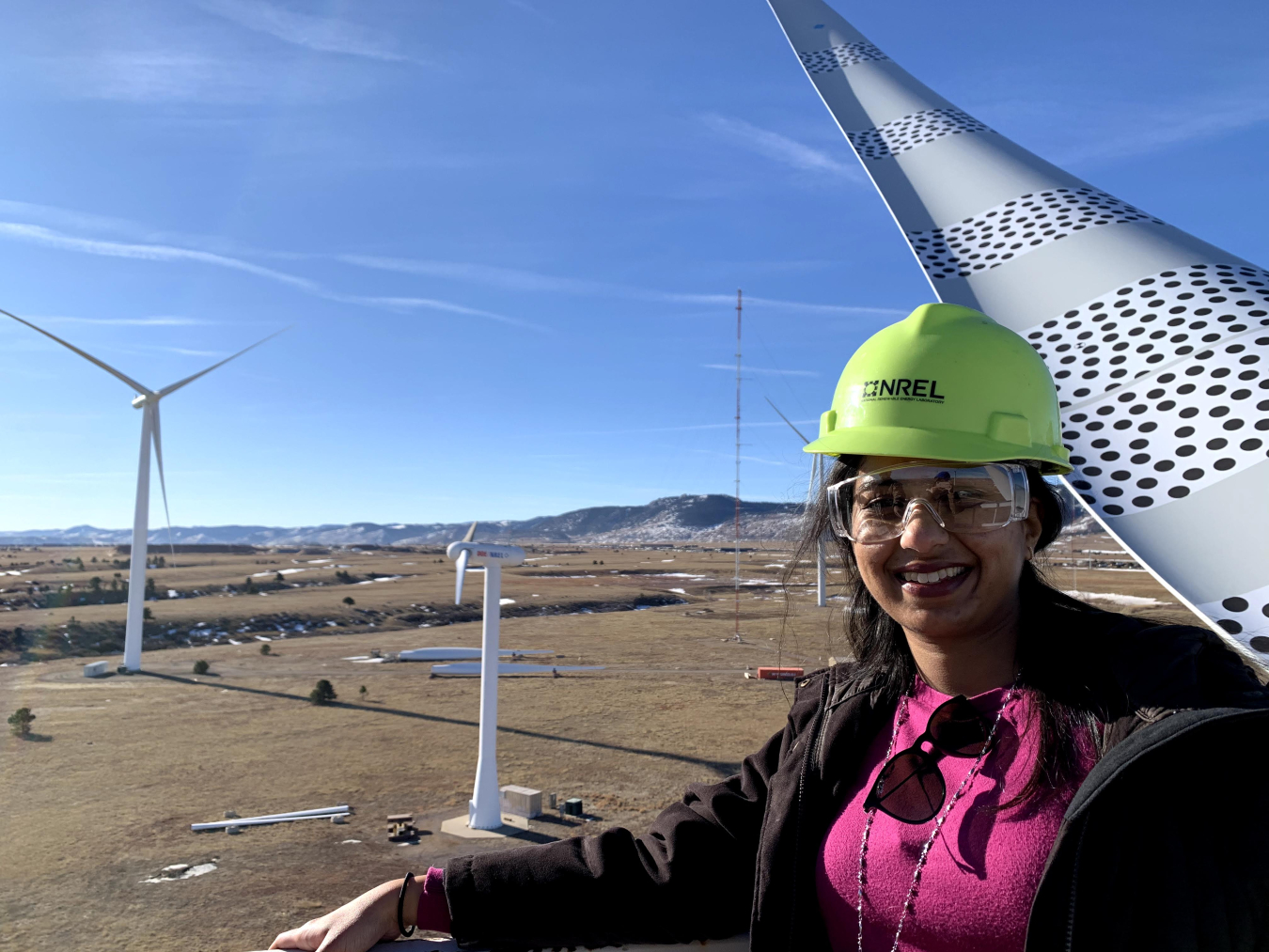Learn why Rukmani Vijayaraghavan loves her job as a AAAS Science & Technology Policy Fellow for the Water Power Technologies Office.
June 29, 2020June is Ocean Month, and to celebrate STEM Rising is sharing profiles of Energy Department staff in ocean-related careers. Meet Rukmani Vijayaraghavan.
Rukmani Vijayaraghavan works on funding mechanisms to support innovation in water power, including prize competitions and WPTO’s Powering the Blue Economy Initiative. Before coming to DOE, she was an AIP/AAAS Congressional Science Fellow when she worked on STEM education and energy and climate issues in Congress. She received a PhD in Astronomy from the University of Illinois at Urbana-Champaign in 2015 and was then an NSF Astronomy & Astrophysics Postdoctoral Fellow at the University of Virginia.
What’s your favorite fact about the ocean?
As an astrophysicist, it’s definitely the fact that we have better maps of the surface of Mars and Moon that of the bottom of the ocean. Which means, from my perspective, there’s so much that’s undiscovered that’s just waiting for us.

What do you do to celebrate Ocean Month?
This year, I’m reflecting on how lucky we are as a species to have the oceans are a resource, especially given how much carbon dioxide the ocean absorbs. And I think about how climate change is irreversibly affecting the ocean, from increased ocean acidification to melting sea ice, and how decarbonizing our energy supply also means saving our oceans.
What inspired you to work in water power?
The fact that water power faces challenged encompassing both an “old” renewable energy technology like hydropower, and a relatively “new” renewable energy technology like marine energy. Marine energy that can power the electric grid on MW or GW scales may be many years away but getting to work on advancing such an early stage technology with potentially huge payoffs in the future is very exciting.
What do you do in your job?
Broadly, I work on developing and supporting mechanisms to fund the research, development, and demonstration of water power technologies. I work on prize competitions where I help write the rules, evaluate solutions, and develop outreach and engagement strategies to enable innovative solutions for wave powered desalination systems, marine energy powered ocean observing systems, and technologies to prevent fish from being entrained in waterways.
One of the most exciting things I work on is the Powering the Blue Economy (PBE) Initiative to understand the power requirement of emerging coastal and maritime markets and advance technologies that integrate marine renewable energy to relieve these power constraints and promote economic growth.
Within PBE, I help develop and implement activities aimed at growing capabilities to connect end users and customers with technological solutions in the blue economy. I also work on establishing “seedling” research projects at the national labs to enable new research avenues and strategies to support the development and commercialization of promising research pathways.
What books or movies about the ocean do you recommend?
20,000 Leagues Under the Sea. I read it as a teenager, and it’s shockingly ahead of its time and is very cool.
There is a lot about the ocean we don’t know and a lot of untapped economic potential in the ocean which means job security if you’re interested in an ocean-related career! As someone who made the transition from astrophysics to marine energy and policy, there’s plenty to be excited about, especially for scientists who care about the future of our planet.
For more ocean profiles and STEM resources, visit STEM Rising.

